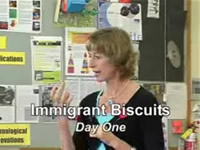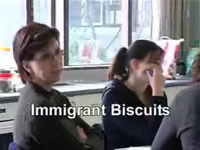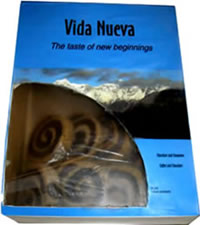Using the 'company' approach in teaching

Teacher:
Wendy Fox-Turnbull
School:
University of Canterbury College of Education
Category:
Teaching Strategy - The Company Approach
Downloads:
Project movie (4.7Mb, .wmv file)
View movie transcript
The Technology Teachers Subject Associations – TENZ, HETTANZ and NZGTTA –are developing a series of six two-minute videos covering teaching strategies that may be used in the Technology classroom.
One of these is a video (see above) showcasing the 'company' approach applied to the teaching of a Technology unit entitled Immigrant Biscuit. It shows student teachers (students) working on the project: brainstorming, researching, developing and trialling models, and presenting their final product.
In the film, the class divides into teams – 'companies' – and asked to develop a packaged biscuit that could be used to welcome an immigrant group. Students are assigned to the companies by the teacher to ensure each contains a good mix of skills. The commercial context serves to stimulate competition between companies and cooperation between company members. Teams may work together to achieve a specific task. Each company is assigned an immigrant group to cater for.

Each company is divided into three teams responsible for production, packaging, and marketing the biscuits. Students can select their teams; however, this may also be done by the teacher.
Students from each team research their own operations, identifying key tasks, and developing a workable timeframe. Each team plans, models, trials, and develops their part of the operation. The CEO ensures they stay in touch with the other teams and meet deadlines. Students record their research and decision-making in a portfolio based on a template provided by their teacher.
The culmination of the unit is the product launch. Students present their immigrant biscuit via a slideshow. When it's all over, teams reflect on the challenges and highlights of the experience.

Wendy Fox-Turnbull says this activity was originally designed with the 1995 curriculum in mind but clearly addresses the new curriculum requirements. It provides a context for students to consider issues of culture, including identifying practices that are a part of their own culture and those that are not. The curriculum also values inclusivity.
With the benefit of hindsight, Wendy would like to have had the students featured on the film do more modelling and co-construction, and demonstrate how to target and record investigations to show decision making. "This was not possible in our situation but absolutely necessary with children in our schools."
Images of the Immigrant Biscuit Project outcomes:



